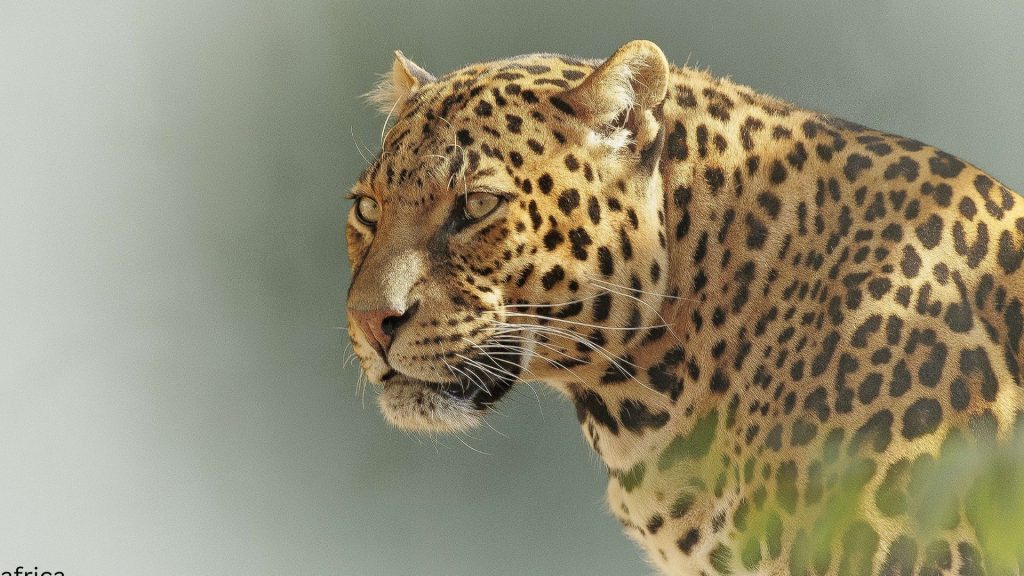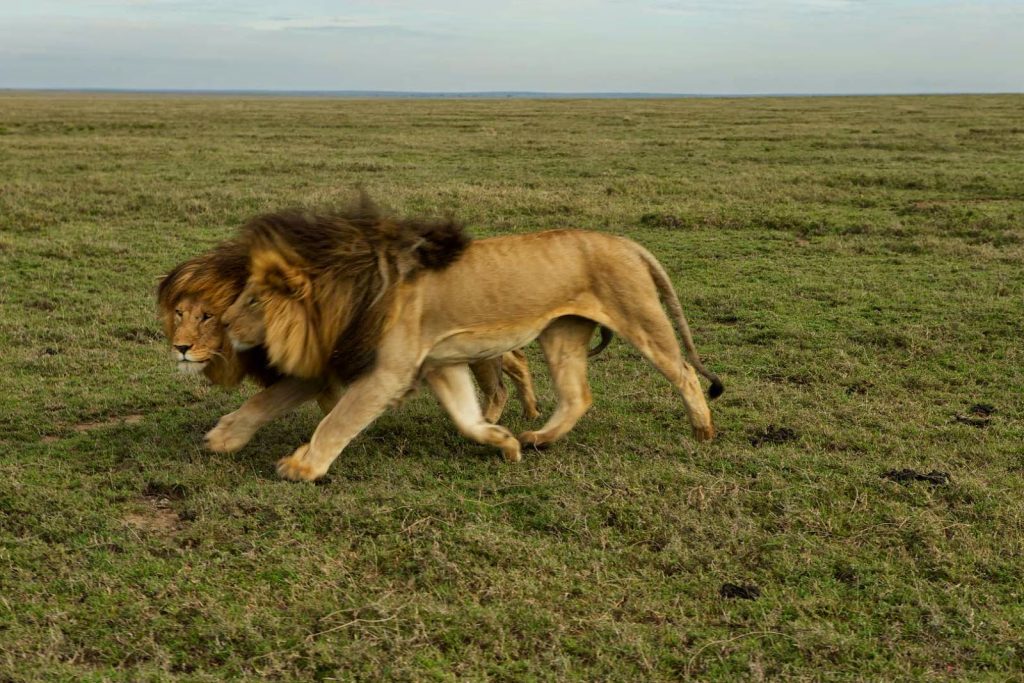Tarangire National Park
Tarangire National Park, Tanzania
Size: 2,850 sq km (1100 sq miles)
Established: 1970
Distance from Arusha: 118 km (73 miles)
With its two thousand six hundred square kilometers, Tarangire is a different habitat from the other northern parks. It is 30 km across (18 miles), from east to west, and 100 km across (62 miles), from north to south. Considered a “park of giants”, Tarangire is home to huge baobab trees and large herds of elephants, as well as lions, leopards, antelopes, gazelles, wildebeests, zebras, buffalo, and about five hundred species of birds, both resident and migrant, the highest concentration in Tanzania.
Description:
Tarangire National Park has a healthy population of creatures both big and small. The park has plenty of resident animals, although some tend to migrate depending on the time of year. The most commonly seen animals are elephants, giraffes, impalas, warthogs, zebras, wildebeests, dwarf mongoose, and ostriches. Lions can, however, also be seen, as well as leopards, and on some rare occasions, even wild dogs have been spotted. Furthermore, the park is home to 550 species of birds, and the greater and lesser Kudus, as well as oryx, also roam the park.
Tarangire National Park, with its baobab-crested landscape, is scenically one of the most beautiful parks. Baobab trees tower above the savannah, and these age-old trees play a vital role in the ecosystem as they act as homes for bees, birds, and bats. In addition, they provide nourishing fruit and supply animals such as elephants with indirect water, especially during the drier months.
During June to September, the park witnesses a small migration during which thousands of wildebeests and zebras head to the park for better grazing grounds. Elephants and other animals follow suit to gather along the Tarangire River, the only permanent water source in the park. It has been claimed that up to 2000 elephants reside in the park during these months, with some coming as far as from Amboseli National Park in Kenya.
Cats are also very much present in the park, and lions can be found soaking up the sun on the river banks, whereas leopards are sometimes spotted resting in the baobab trees. Cheetahs are around, but usually like to stay hidden from unsuspecting prey.
African wild dogs have been seen towards the southern part of the park, and seeing that the numbers of these efficient hunters are dropping, spotting them can be a real treat.
But it is not only mammals you need to look out for while in Tarangire National Park, as the park also boasts 550 different bird species.
The most commonly seen birds include yellow-collared lovebirds, red-billed hornbills, southern ground hornbills, lilac-breasted rollers, ostriches, and many kinds of raptors, as well as several kinds of water birds, just to name a few.
The Tarangire River flows all year round, and it is an important lifeline for many of its residents, especially in the dry months. The river flows into Lake Burunge, which is situated in the northwest.
The south of the park is dominated by marshland, which is impassable in the wet season but tends to dry out completely in the dry season. The vegetation within the park is extremely diversified and includes open grasslands, savannah, Baobab trees, and thick acacia bush, as well as palm trees and swamps full of tall elephant grass in the south. Walking safaris are also offered in the southern part of the park.



